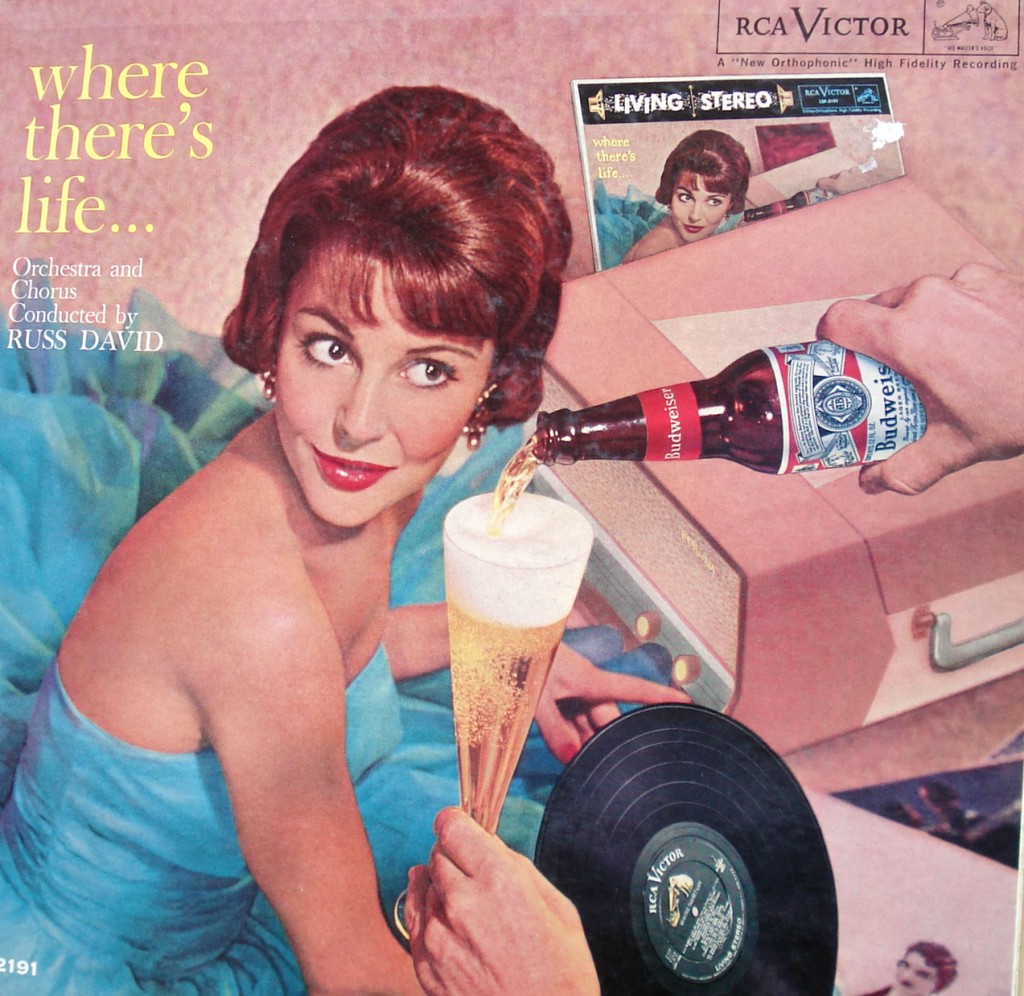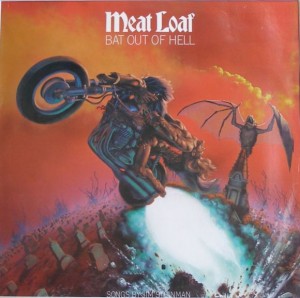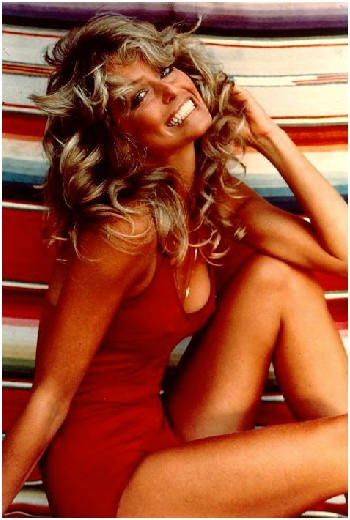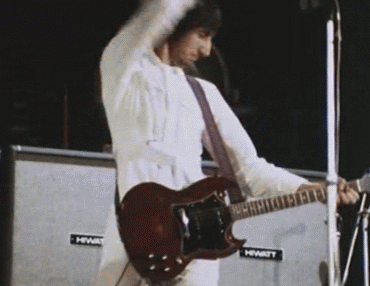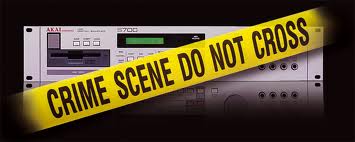 I read this at the 2006 Pop Conference in Seattle. When I was finished, Robert Christgau ran up to me and said, “Who is Mike McGuirk and why haven’t I heard of him?” The answer to the first half of that question is, “The best natural music blurb-er I’ve ever seen.” The answer to the second half is a mystery even to Mike, I think.
I read this at the 2006 Pop Conference in Seattle. When I was finished, Robert Christgau ran up to me and said, “Who is Mike McGuirk and why haven’t I heard of him?” The answer to the first half of that question is, “The best natural music blurb-er I’ve ever seen.” The answer to the second half is a mystery even to Mike, I think.
Like, I assume, most of the people at this conference, I have what average citizens, upon entering my home or office, almost always declare to be a frighteningly large music collection: LPs, CDs, cassettes, hundreds of gigabytes of mp3s scattered across an array of hard drives and portable devices — it all gathers in piles both physical and virtual wherever I spend serious time. When these average citizens are new or casual acquaintances, they often move from commenting on the vast and tottering nature of the stacks of discs to making deductions along the lines of, “You must really like music, huh?”
I almost always reply with a semi-embarrassed, “Kind of,” which is the most honest answer I can give. Though my collection is indeed larger than the average citizen’s, it’s far smaller than that of most of my music geek friends, and the reality is I hate far more music than I like. Continue reading →

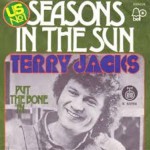
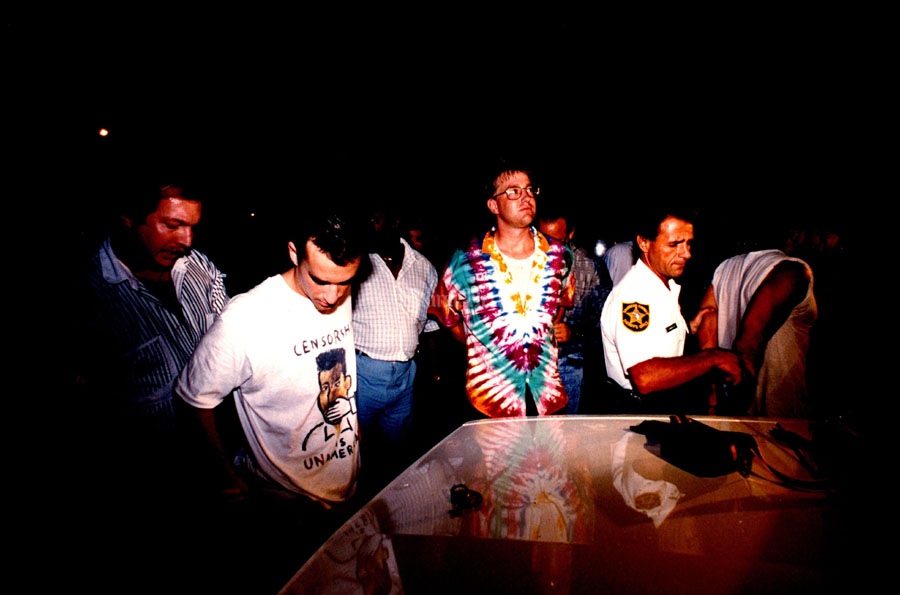 Here’s a longer version of the presentation I gave at this year’s Pop Conference, about Too Much Joy’s brief moment of playing protest music, and what that taught me about the skepticism that so often greets artists who take political stands. The first draft, and associated video clips, lasted 30 minutes, so I had to shave off a third of it at PopCon. This post restores the bits it killed me to lop off, although, really, I could keep talking about this for hours.
Here’s a longer version of the presentation I gave at this year’s Pop Conference, about Too Much Joy’s brief moment of playing protest music, and what that taught me about the skepticism that so often greets artists who take political stands. The first draft, and associated video clips, lasted 30 minutes, so I had to shave off a third of it at PopCon. This post restores the bits it killed me to lop off, although, really, I could keep talking about this for hours. 